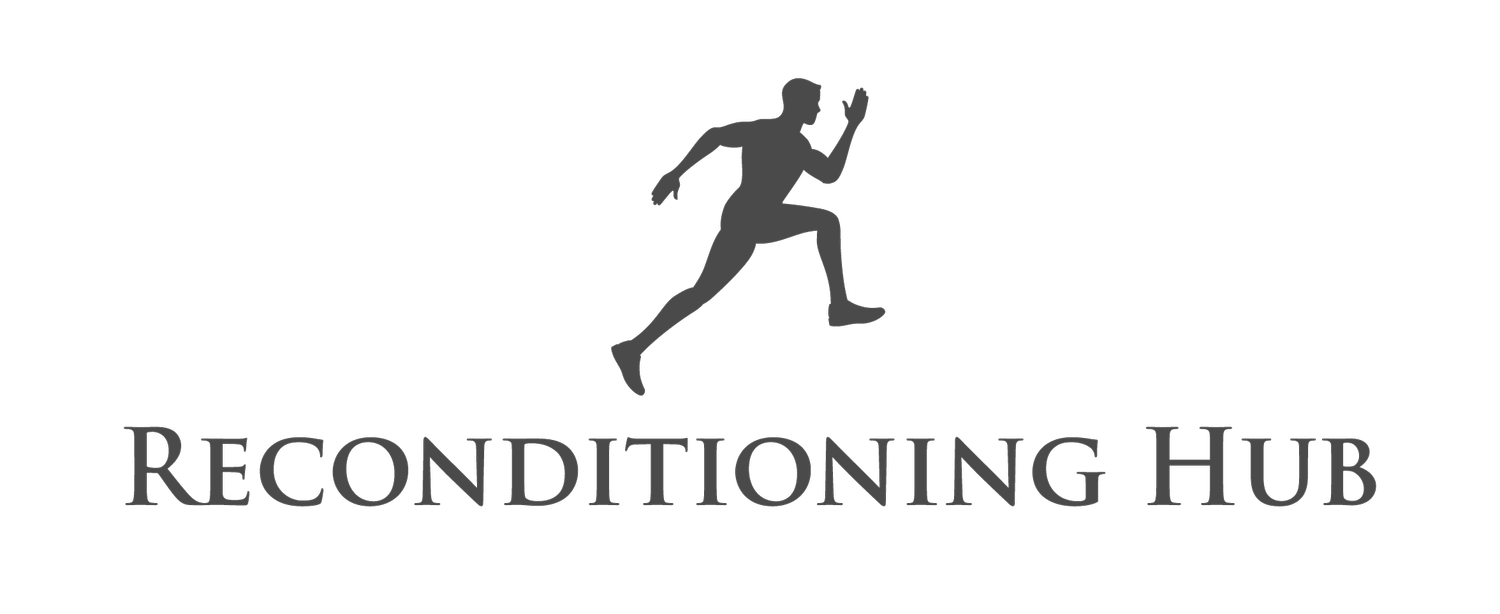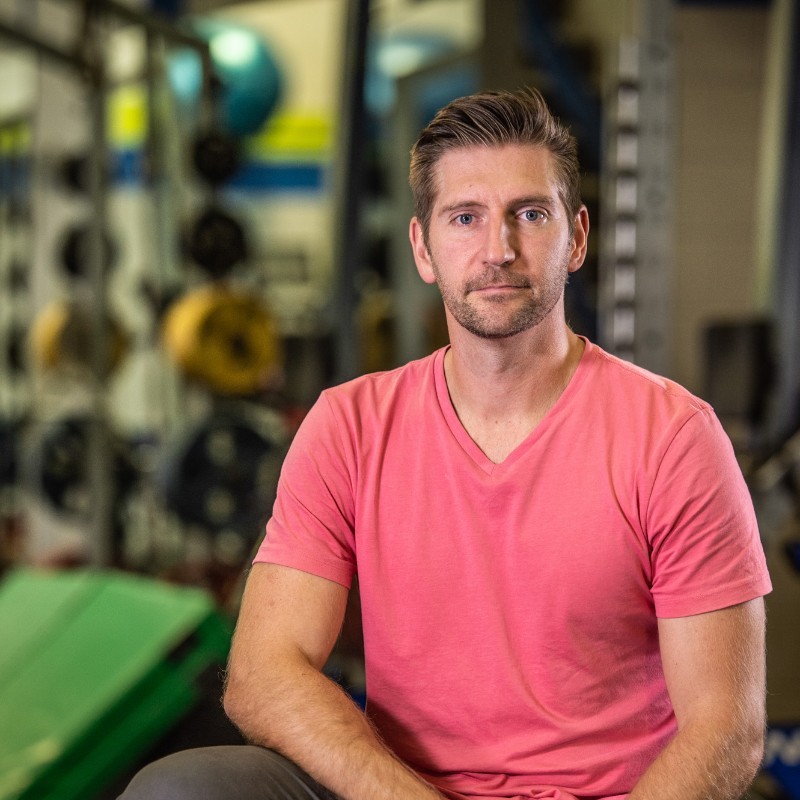

Creating Something From Nothing
Game Days and Practice Days
Preseason and training camp eventually ended and we settled into my inaugural season with the Hamilton Bulldogs. The days became either practice days or game days. Game days were pretty low-key when it came to gym work. I chose very early on not to impose on players during those days. Game days belonged to the players and I felt if I forced my will on those days it would eventually backfire on me.
The routine on game days would have me skate injured players before the team would go on the ice and then work with them in the gym while the team was skating. If we had a full roster we would usually have a couple of players that would be healthy scratched for the game. These players would have to complete a workout right after getting off the ice from the morning skate. Navigating this was a bit of a learning curve. Players did not like being healthy scratched and on top of that they usually just got bag skated. Having to do a workout was not something they were usually overly enthusiastic about. For the most part, they were good about it and knew it was part of their job.
Once all the players left to eat lunch and have a nap I would get a workout in with other staff members and often have an epic game of ping pong with assistant coach Ron Wilson. Ron Wilson was as competitive at the ping pong table as he was on the rink! After we finished ping pong and our own workouts, we would grab lunch and get ready for the game.
Typically there would be one player who skated in the warm-up, but would not play in the game. This player would complete a workout with me during the first period. Usually, this player was told they were not playing well before the game. On rare occasions, the coaching staff would have an unpleasant surprise after the warm-up and inform this player they would not be playing. These gym sessions were often more like counseling sessions than training sessions!
After the game, I would take the players who had ice times under 7 minutes to do some anaerobic work in the gym. In those early days getting accurate game minutes was almost impossible. In Montreal, the game minutes were emailed as soon as the game was over. This was not the case in Hamilton my first year, so I would have to watch the game closely and then double-check with the coaching staff right after the game. Each year this would improve. In my last few years with the Bulldogs, I always had accurate minutes moments after the game finished.
In addition to the players with low minutes, I would also take the backup goaltender and have him do some anaerobic work on a slide board. In the early part of the season, this most often was Jaroslav Halak. Jaro was a very late draft pick of the Montreal Canadiens in 2003. Jaro was very underrated in my opinion. He was dedicated to his craft and extremely hard-working. Often he would be completing his extra work in the gym before I even could get there after the game. It is not a surprise to me that Jaro is still playing in the NHL today at 37 years of age for the New York Rangers.
If we had a home game the next day I introduced mandatory recovery sessions in the gym. None of those sessions were longer than 20 minutes. There was a little pushback at first, but this became part of the routine players got used to. Most of the players had never had this kind of structure. I can not say for certain these sessions made players recover better or had a definitive physiological response. Still, I do believe it was a big step forward in impacting how the players approached self-care and their commitment to high performance.
Our schedule in the AHL at the time was excellent for player development. The season was mostly a weekend schedule which meant we often would have 2-3 good training days per week. Usually, Monday would end up being a team day off. Tuesday I would focus the workouts on leg strength and power. Wednesday would be more focused on the upper body. Thursday was a light recovery workout in preparation for Friday’s game. These days would be super busy and I would get to the rink early to make sure I had everything prepared. Not being prepared in this environment meant I would lose respect. Given I was about the same age as most of the players I had to work to earn respect and an easy way to do that was to be organized.
On the Road
When the team would go on the road, the ice would often be removed from Copps Coliseum for a show or concert. This always presented more logistical challenges than when ice was available at Copps. For one, this meant we would have to drive to community rinks to skate. I would try to get ice time a little later if possible to allow us to do our therapy and training before our skate. It was never ideal to skate first as it would be later in the day by the time we returned to the gym. It would almost surely be lunchtime if not later and players were hungry. Focus and energy levels were always lower than if we did the workout beforehand. So if the ice times at community rinks cooperated, players would arrive at Copps in the morning for treatment and training before getting changed into their equipment. We would then pile into a car and drive to the community rink. Sometimes I would put the goalie gear on and play goal, but this could add to the logistical challenges for me. I got to know a men's league goalie who was friends with the team chiropractor. He was keen on helping out and would show up without hesitation even on late notice when it was just too much for me to put the goalie gear on. I still don't know how he got out of work in the middle of the day! As crazy as these days could be, I grew to enjoy them. I was able to do detailed work with the players. It was my first real taste of truly merging therapy and high-performance training.
2 Big Challenges
As I mentioned in my previous blog I faced two challenges in my first year that shaped my perspective on my career. I will start with the player that had been suspended from practicing or playing until he met certain fitness qualifications. He had been told he could not be in the rink when the team was there. I met with this player and arranged times early in the morning for him to come in. These sessions were hard and were designed to whip him into shape fast. None of this was fun. For the player or myself. I felt like I was on an episode of the Biggest Loser. This was not how I envisioned working with professional hockey players. Things got off to a relatively ok start and then the wheels fell off shortly after. This player did not show up for a workout session. 6 am came and went. I called. I texted. I got no response. When I finally got a hold of him. He said he was tired and that he had slept through his alarm. This put me in an awkward position. The player's career was on the line and I was still learning the ropes in my first year. I thought his excuse was plausible and I extended him some grace. I explained to him that this could not happen again. If it did I would have no choice but to report the absence to the coaches. I even had him sign a contract with me! Things went ok for a couple of weeks after this. There were a few instances when he was a little late and I decided to let it slide. In retrospect, this was probably a rookie mistake on my part. The tardiness eventually caught up with him. One day when he was late yet again, our Head Coach Don Lever had come up to see how things were going. Don was in the gym waiting for him when he arrived. I will not repeat what was said in the gym that day, but that was the last that the player would set foot in the gym. He was released shortly after and never played for the Hamilton Bulldogs again. It was clear the Montreal Canadiens were serious about developing their prospects. This also meant ensuring they took their off-ice training seriously. This message rang loud and clear to the other players on the team. I think this set a positive precedent about what the organization expects of its players, but I did not feel good about it. I still wonder if I could have done anything to change how this turned out.
My second challenge came from a younger, but experienced defensemen, Andrew Archer, who had torn his ACL and was coming off surgery. The goal was to have him ready for the playoffs should we make them. I had worked with post-op ACL injuries while in university, but nothing where I was conducting the entire rehab back to skating on the ice. I spent time in the evenings researching different rehab protocols and timelines for healing. I was able to buy a treatment table that I set up in the gym so I did not have to go all the way downstairs to do a treatment. I did manual therapy work on this table in the gym to help improve his knee range of motion and immediately go to exercises. Even though I may approach this rehab slightly differently today I am still quite proud of the work that I did with Andrew. In addition to applying very forward-thinking principles at the time, I was able to build a good rapport while earning this player's trust. I believe this was important in helping me to gain the respect of the rest of the team. Andrew returned to play 16 regular season games and was an important piece of our unbeatable defense in the playoffs. This kind of work energized me. I began to see that I could indeed shape my position and my career in a direction towards something that has not been done before. I was just getting started in reconditioning and this process gave me my first taste of it.
Making Playoffs
The days turned into weeks, weeks into months, and the next thing we knew the playoffs were around the corner. We were never considered to be a big playoff contender. We got off to a rough start in the regular season with some of our veteran players not performing to expectations. Despite the poor start we clinched a playoff spot late and finished 3rd in the North Division.
In the playoffs, everything changes. It's a new season with new hope. All the hours invested during the season in the gym and on the ice come down to winning 16 games. This was my first season and my first playoffs. It would turn out to be one I would never forget….



